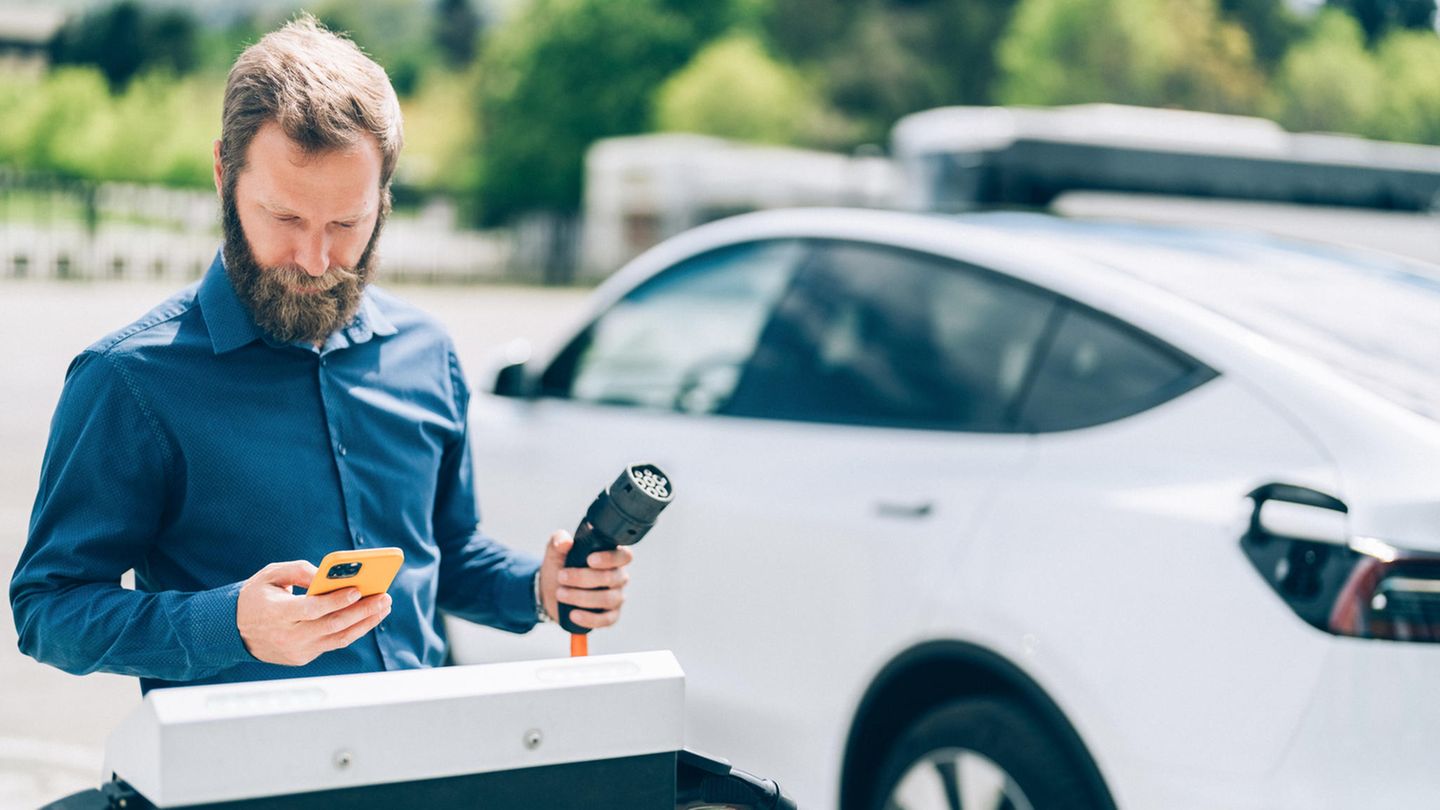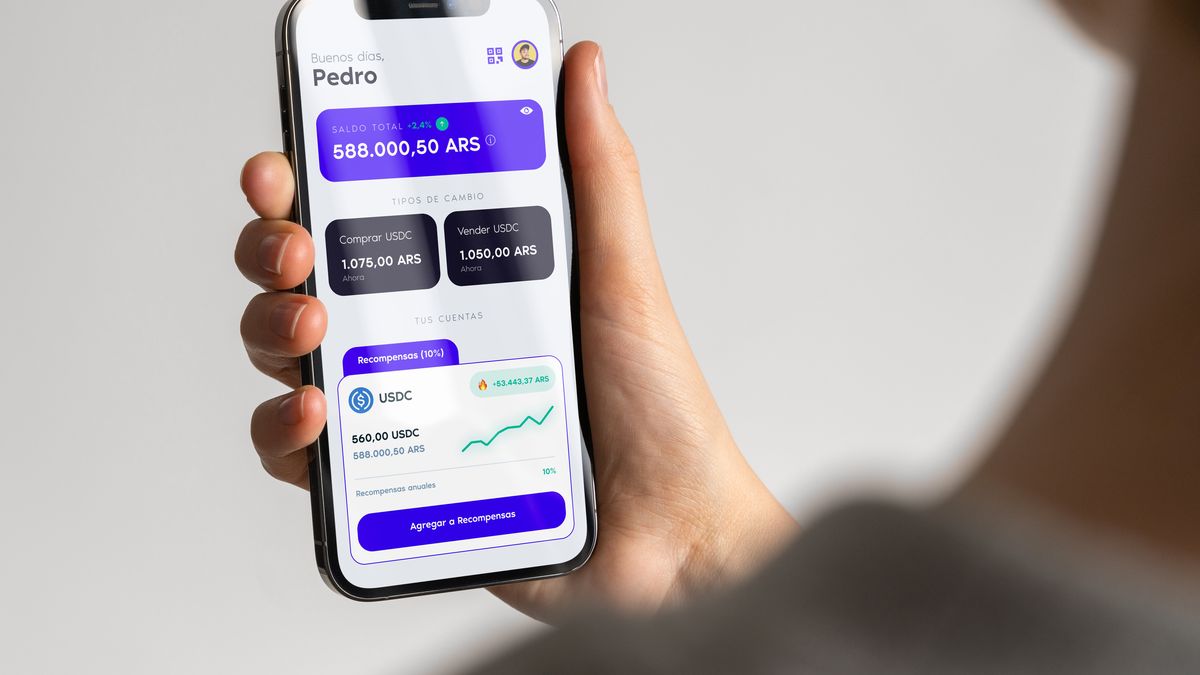Charging stations for electric cars use different payment systems. These include QR codes that you scan with your mobile phone and then pay for online. This is not entirely without risk.
Charging electric cars is anything but a standard process – there are different providers, a wide variety of tariffs and, above all, a lot of payment options. The most popular method of paying for electricity from the charging station is certainly the charging card. But what if the energy filling station doesn’t accept it? Then sometimes all that’s left is a QR code that can be used to pay and start the process.
Fraudsters know this too. As the magazine “Auto Motor und Sport” reports, more and more cases are being reported across Europe in which the real codes of the providers are being covered up. Unsuspecting users are then lured into the trap with deceptively real, but different codes. This is how it works: The fraudulent QR codes on the charging station redirect to a manipulated website that looks like the portal of the relevant electricity provider. Customers are then asked to enter their account or credit card details there in order to start the charging process. But instead of being able to charge the car afterwards, an astonishingly high amount is simply debited from the account – and the money is gone.
Electric car ADAC 17:15
There is an even more insidious variant of this scam, writes “Auto Motor Sport”. In some cases, it has been observed that the payment page behind the QR code was actually the real provider address. With one addition: By cleverly redirecting the fraudsters were able to intercept the stored payment data. This gives the perpetrators a decisive advantage: the electricity customer gets a functioning charging station, which significantly increases the time window for misusing the entered data. Because if the station does not supply electricity after the payment process, many victims become suspicious too quickly.
Electric car drivers at risk across Europe
IT security expert Eddy Willems told the trade magazine: “Newly qualified electric car drivers who are not yet familiar with public charging stations are particularly at risk.” He says he knows of cases from Belgium, the Netherlands, France, Spain, Italy and Germany.
Willems advises scanning QR codes on the screens of charging stations if possible – because you can’t stick a sticker over them. Charging station providers react differently, but there seems to be a consensus: you should either download the companies’ apps, as these are better protected against manipulation, or use the credit card readers on the stations instead of paying via a browser.
XPeng P7 Review 18:08
If there is only one sticker on the column, the “acid test” has proven to be a reliable test for one victim who told his story to “Auto Motor Sport”. He feels with his fingernail whether there is another one under the sticker – this helps to expose the fraudulent codes.
Source: Stern
I’m a recent graduate of the University of Missouri with a degree in journalism. I started working as a news reporter for 24 Hours World about two years ago, and I’ve been writing articles ever since. My main focus is automotive news, but I’ve also written about politics, lifestyle, and entertainment.




